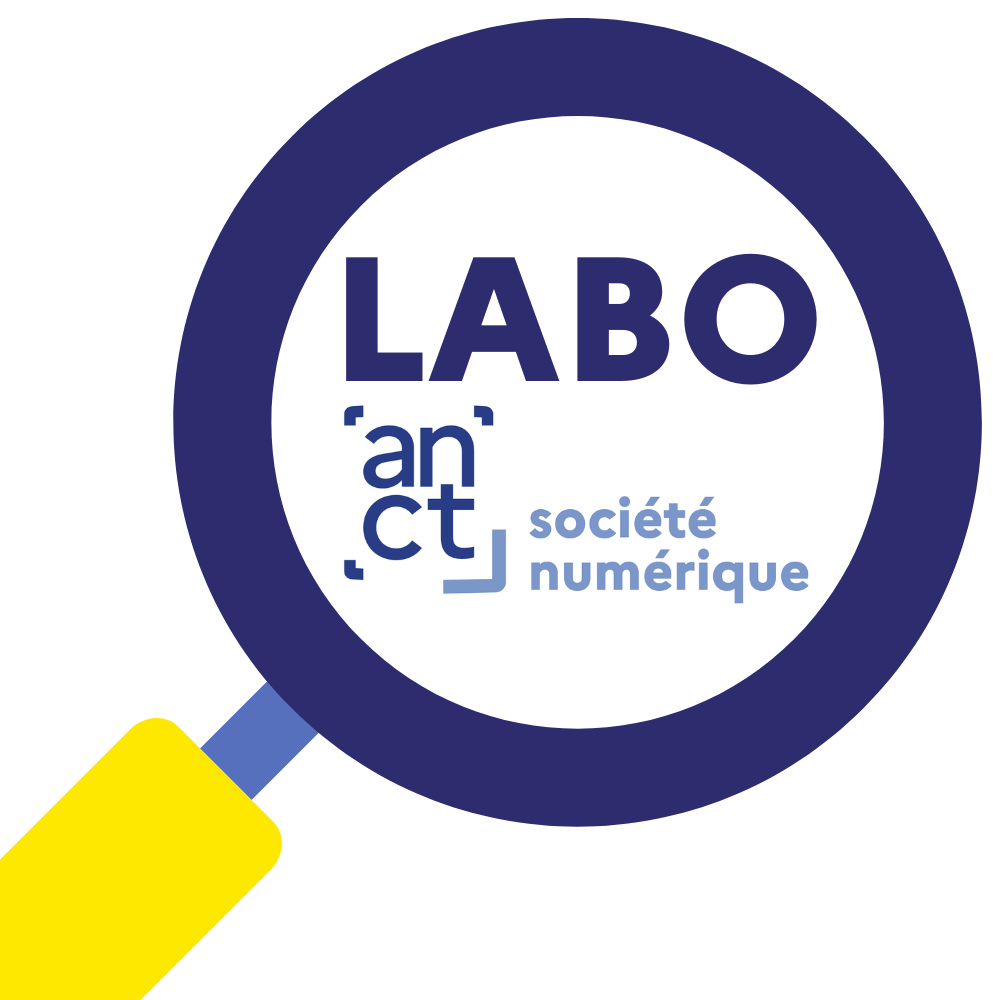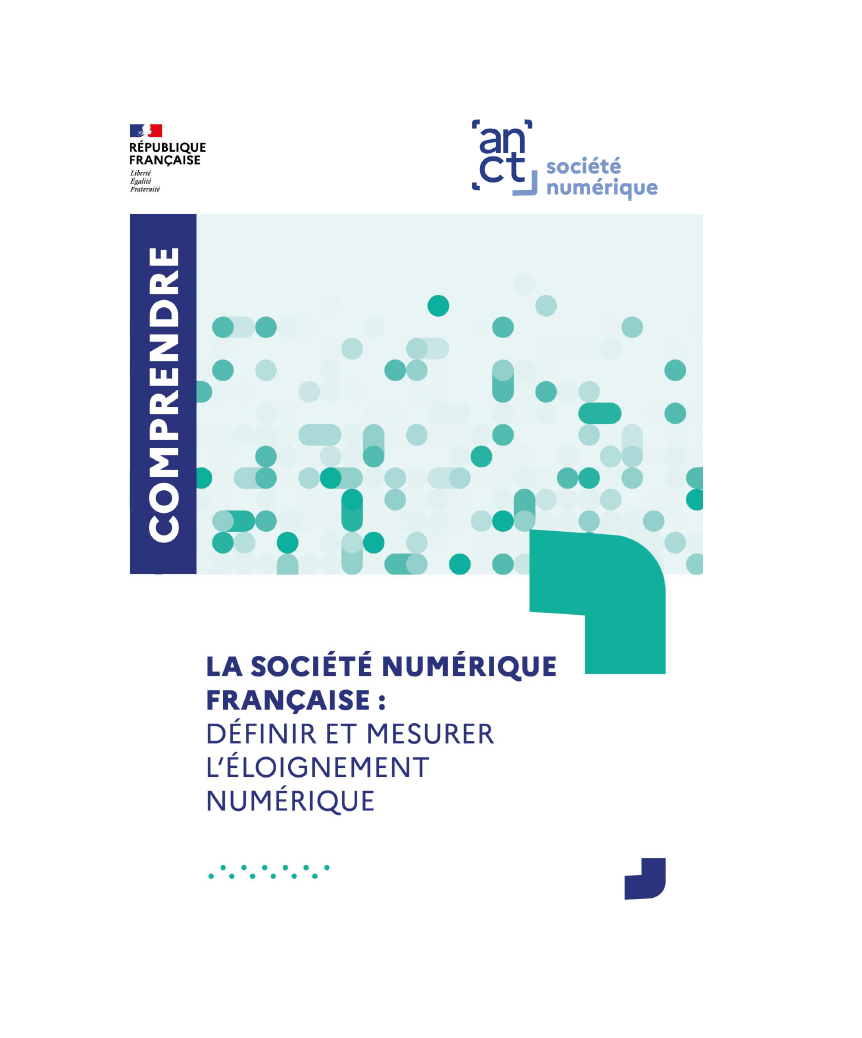"After several decades of questioning digital uses and innovation, social science research is far from having exhausted all avenues of inquiry, and many grey areas remain largely unexplored".
At the crossroads of the various epistemologies and methodologies driving the social sciences, but also nourished by research in computer science, Terminal magazine has been taking a critical look at the evolution of digital uses since the early 1990s.
The Groupement d'Intérêt Scientifique (GIS) M@rsouin supports Breton-based research teams working on the social, economic and political transformations linked to the evolution of digital uses.
The result is a dossier in Terminal magazine, coordinated by Laurent Mell (PhD in information and communication sciences, CREAD-Marsouin, Institut Mines-Telecom), which brings together seven papers presented at the M@rsouin 2023 seminar, as well as two contributions sent directly to Terminal magazine.
"This issue is a reminder of the multi-faceted nature of digital research, which needs to be examined not as a separate field, but as an element that cuts across and interacts with social reality.
The first part of the dossier explores, through a selection of different fields of application, the way in which digital evolutions induce social reconfigurations, whether at the level of representations, cultural practices or consumer behavior.
Lucas Fritz (Université Gustave Eiffel) brings together critical disability studies and communication sciences by studying the socio-technical controversies surrounding autism and neurodiversity. He is particularly interested in the role of the Web (hyperlinks and search engines) and its accessibility in the construction of these controversies. The investigation is based on a quali/quantitative analysis of a Web cartography, informed by the practices of the sociology of controversies. Ultimately, this investigation questions the place of the social sciences (and their approach to the brain) within these controversies.
Annick Tamaro, Kimberley Girardon, Morgane Innocent and Nicolas Decourcelle (Université de Bretagne Occidentale) explore consumer attitudes to 3D food printing. This study highlights a limited knowledge of this technical device, as well as a limited level of acceptability by consumers of dishes prepared with the help of this technology. The researchers identify several barriers to acceptance, expressed in terms of costs: practical, cognitive, financial, societal, cultural, social and quality. And, as a disruptive innovation, 3D food printing has a strongly bivalent character and a divisive imaginary.
Marie-Laure Bernon (Université d'Orléans) and Olivier Trédan (IUT de Lannion) examine the way in which the Internet is associated with and interwoven into ordinary sewing practices. Articulating an approach based on social worlds with a pragmatics of taste, the authors identify an evolution in the relationship to sewing through the integration of digital practices in the processes of sourcing, learning and valuing creations. In the course of a seamstress's career, the Internet is shaking up ways of being and doing, continually rediscussing the taste for sewing. The Web is helping to reshape the world of sewing, offering new ways of transmitting theoretical and procedural knowledge, as well as new ways of learning.
The second part looks at the relationships between the various forms of educational inequality and digital disparities, in the light of recent research into digital distance and the associated imaginaries.
Jérôme Clerget (Université Rennes 2 Cread-GIS Marsouin), Pascal Plantard (Université Rennes 2 Cread - co-director of GIS M@rsouin) and Marianne Bléhaut (Director of the Data and Economy division at Credoc) address the issue of digital inequalities and, more specifically, the identification of so-called "digitally remote" individuals. The speakers question the much-quoted figure of "13 million" digital outsiders, and the very process of quantifying this social phenomenon. After highlighting the fundamentally multi-dimensional nature of the phenomenon and showing the diversity of approaches aimed at accounting for it, the authors propose a representation of remoteness in the form of a "halo" based on the study of the relative and subjective "feeling of ease" of the individuals surveyed, before highlighting the interest of identifying in detail the people concerned to better demonstrate the centrality of cultural and social factors.
Find out more: France's digital society: defining and measuring digital distance
Carine Aillerie, Théo Martineaud, Mélina Solari-Landa Landa (Université de Poitiers), Veronica Castillo Pérez, Angela Figueroa Iberico and Augusta Valle Taiman (Pontifical Catholic University of Peru, Lima) examine the information practices of primary school teachers (CM1-CM2), taking into account the pedagogical positions they adopt with regard to Media and Information Education (MIE). While teachers' information practices respond to different needs (preparation of teaching content, development of personal and professional experience), the concrete expression of EMI in elementary school takes equally different forms (one-off activities, outside school time, structured around teachers' representations).
Matthieu Serreau (Université Rennes 2 CREAD) and Pascal Plantard analyze the psychodynamic, individual and collective transformations of educational digital practices during Covid-19-related confinement. Based on exchanges between students and teachers, the authors show that the mobilization of digital technologies in a pandemic educational context is structured above all on unstable and evolving representations of the digital. The upheaval of certain educational norms has shaken many teachers and students (conflict of legitimacy, digital capital put to the test, etc.). The revelation of educational digital disparities reinforces the need for support in developing digital cultures, over and above simple technical training in educational tools.
The third part presents three texts " where digital technology is put to the test of heritage, proposing to discuss the renegotiations engaged in the professional landscape of archivists, the dynamics created by the use of digital technology in exhibitions on slavery, but also the audiences mobilized by online exhibitions".
Maëlle Moalic-Minnaert (Université de Caen Normandie) examines the effects of digital technology on archivists' autonomy. She focuses on the ways in which archivists' individual autonomy has been reconfigured in their day-to-day work, as well as in their professional stance towards IT specialists. On the one hand, within the professional group, archivists negotiate their relationship with digital technology individually, but also heterogeneously according to their socio-professional position. On the other, the "professionalism" of the archival profession is being renegotiated as work procedures are overhauled in line with the digital era.
Caroline Creton and Manuelle Aquilina (Université catholique de l'Ouest) examine the use of digital cultural mediation devices in exhibitions on slavery. The authors show that, despite the complexity of exhibitions on this subject, digital technology is mobilized to help understand the reality of the slave system and its current consequences. Their analysis, based on interviews with professionals and visitors, reveals that these digital devices " play a crucial role in the experience of audiences, speaking to their feelings and shaking up their perceptions ".
Marie-Laure Bernon (Université d'Orléans) examines museum audiences on the Internet, their diversity and their motivations for visiting these digital spaces. She finds that visiting exhibitions online is mainly practiced by older, affluent people, combining utilitarian use of the Internet with museum expertise linked to their level of education and heritage culture. This minority of art museum enthusiasts appropriates the online exhibition as a complementary art mediation device, and also according to a logic of distinction from other forms of museum experience. In addition, this research focuses on the digital practices of the working classes, who are less familiar with museums and have a difficult relationship with the written word. For them, an online visit takes on an educational form, akin to browsing a "cultured Wikipedia".
Référence :
File summary
- Laurent Mell: Interrogating the digital from every angle. Between methodological flexibility and epistemological rigor
- Lucas Fritz: Our brains on the Web: between neuroreductionism and neurodiversity
- Annick Tamaro, Kimberley Girardon, Morgane Innocent and Nicolas Decourcelle: Consumer acceptability of 3D food printing.
- Marie-Laure Bernon and Olivier Trédan: Le goût de coudre à l'heure d'Internet: reconfigurations numériques des mondes de la couture
- Jérôme Clerget, Pascal Plantard and Marianne Bléhaut: Pour en finir avec les " 13 millions " ? The challenge of accounting for digital remoteness
- Carine Aillerie, Théo Martineaud, Mélina Solari-Landa Landa, Veronica Castillo Pérez, Angela Figueroa Iberico and Augusta Valle Taiman: Teachers' everyday information practices and media and information literacy in elementary school in France.
- Matthieu Serreau and Pascal Plantard: Le numérique comme fait social total: évolution des pratiques numériques éducatives pendant les confinements
- Maëlle Moalic-Minnaert: Archivists and the digital age: rebuilding autonomy?
- Caroline Creton and Manuelle Aquilina: Contributions of digital cultural mediation devices for exhibiting and receiving the history of triangular trade
- Marie-Laure Bernon: Museum audiences on the Internet: the test of social divides







